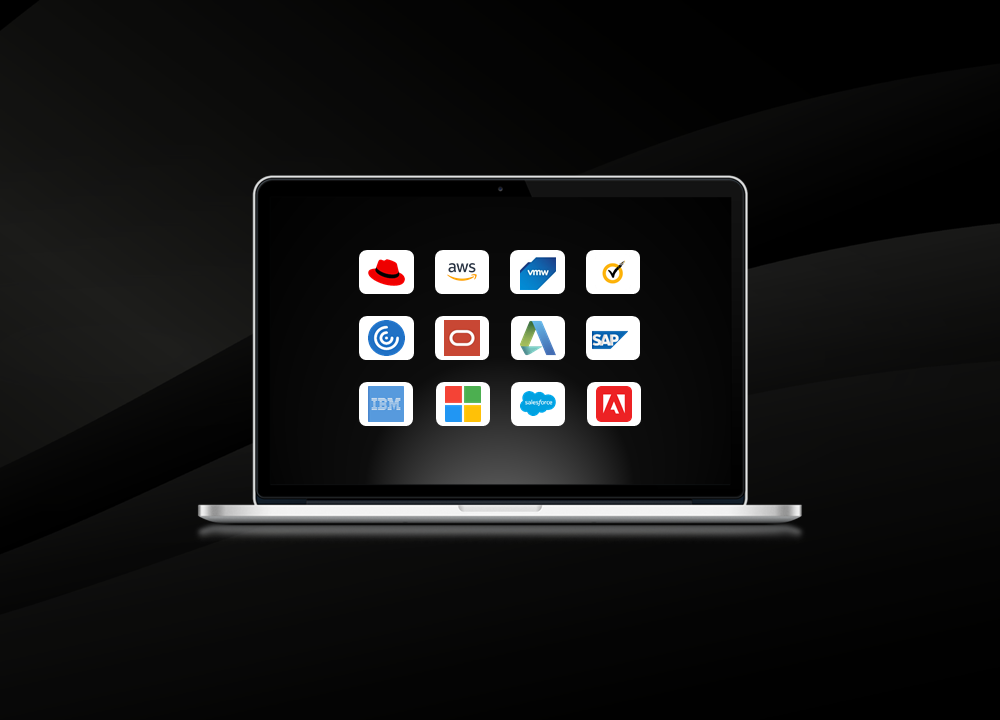Tips & Tricks for Reducing Expenses
SaaS Cost Optimization
Why is SaaS Spend Optimization important?
SaaS Cost Management & SaaS Spend Optimization are important as it ensures that businesses are getting the most value from their SaaS solutions in terms of cost-effectiveness and compliance. By managing costs effectively and implementing optimization strategies, businesses can reduce expenses, improve performance, and scalability, and ultimately achieve their business objectives. Additionally, tracking and analyzing SaaS costs can help businesses make data-driven decisions, stay competitive in today’s digital landscape and meet their bottom-line.
Summary of SaaS Cost Optimization
- Understand and Monitor the costs of your SaaS
- Negotiate with Vendors
- Identify and reduce unnecessary expenses
- Manage contracts efficiently
We optimize your software spend



Tips: How can you cut SaaS costs?
SaaS companies can cut costs in several ways, including:
- Identifying and Eliminating Unnecessary Expenses:
This includes reviewing and canceling services or subscriptions that are no longer being used, as well as consolidating services to reduce the number of vendors. Read more about SaaS Optimization. - Vendor Negotiation:
By regularly reviewing vendor contracts and comparing prices with competitors, SaaS companies can negotiate better pricing and terms. - Automation:
Automation can help SaaS companies reduce labor costs by automating repetitive tasks, such as data entry, and streamlining business processes. - Data-Driven Decision Making:
By using analytics and data to track usage and costs, SaaS companies can identify areas where they can reduce expenses. - Benchmarking and Comparison with Industry Standards:
SaaS companies can use industry benchmarks to identify areas where they can improve efficiency and reduce costs. - Licensing Management:
SaaS companies can ensure that they are not paying for unused licenses and that their licensing is in line with their current usage. Read more about SaaS Management. - Resource Management:
SaaS companies can ensure that they are not over-provisioning resources and that they are using cost-effective and efficient resources. - Scaling up/down:
Using cloud-based resources can be much more cost-effective than purchasing servers, by scaling up and down based on usage, the company can avoid unnecessary costs.
Tips for identifying and reducing unnecessary expenses
By implementing these strategies, SaaS companies can reduce expenses and improve their bottom-line. However, it is important to note that SaaS cost management and optimization are ongoing processes, and SaaS companies should regularly review and update their cost management strategies to ensure they continue to achieve cost savings and optimal ROI.
Identifying and reducing unnecessary expenses is an important step in SaaS cost management and optimization. Tips for identifying and reducing unnecessary expenses include:
- Reviewing and canceling services or subscriptions that are no longer being used
- Consolidating services to reduce the number of vendors
- Regularly reviewing vendor contracts and comparing prices with competitors
- Using data analytics to track usage and identify areas where costs can be reduced
- Scaling up/down based on usage, to avoid over-provisioning resources
- Managing licenses and ensuring that the company is not paying for unused licenses
- Benchmarking with industry standards to identify opportunities for cost savings.
Trusted by government and businesses





Schedule a free consultation with our advisors
Are you tired of struggling with software license optimization and the constant changes in the technology landscape? Are you looking for ways to maximize your software spend and get the most value from your licenses and subscriptions?